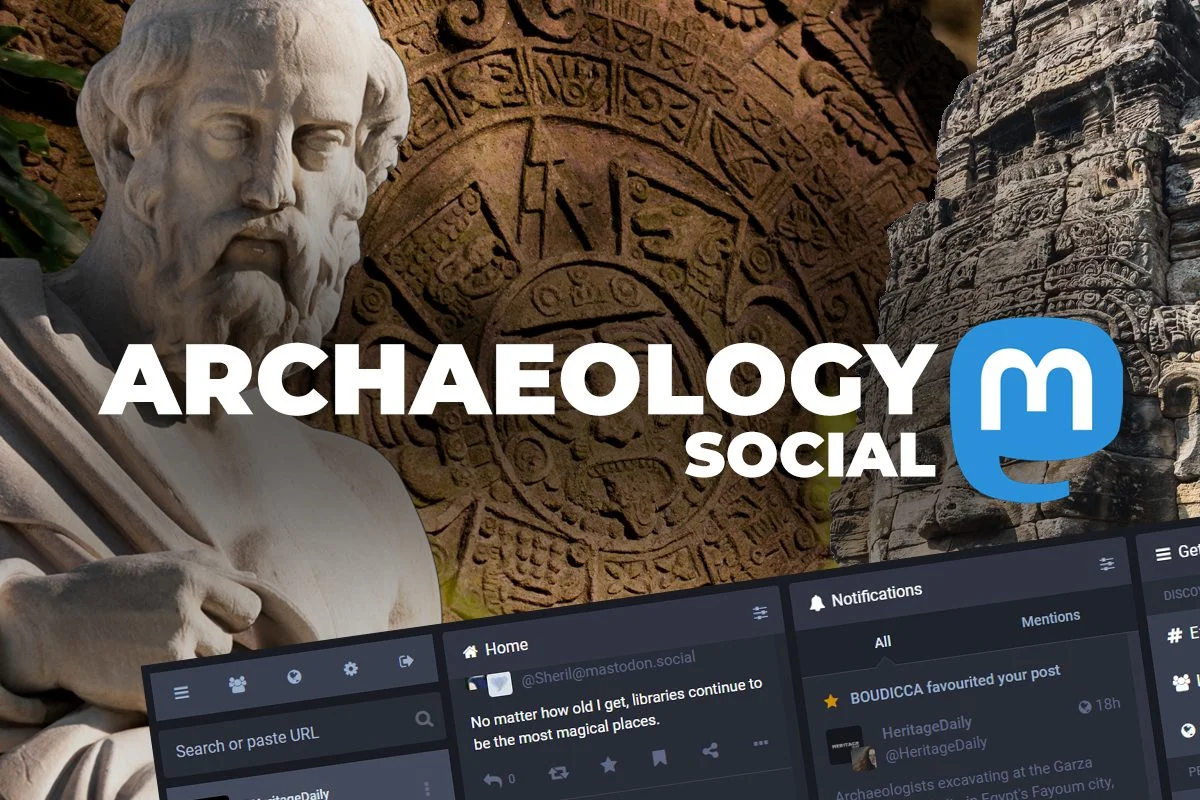Whilst Twitter appears to be going extinct with all the turmoil and public drama, a new haven for archaeology has been launched on the social network, Mastodon.
Mastodon is an ad-free micro-blogging platform, where each user is a member of a dedicated server, interoperating as a federated social network within the fediverse.
Sounds confusing right?
Explained simply, there are hundreds of Mastodon social networks which have a focused subject matter (e.g. archaeology), managed by a community for the community, rather than controlled by investors for corporate greed.
You as a user, can join as many servers as you want, giving you a more relevant community of people to openly discuss and network with. Users on Mastodon can broadcast up to 500 text-based characters in their posts (that Twitter calls tweets), an extension on Twitter’s limiting 280-characters.
Mastodon supports audio, video and picture posts, accessibility descriptions, polls, content warnings, animated avatars, custom emojis, thumbnail crop control, and more, to help you express yourself online.
The platform relies on community-based moderation, who work to ensure that all published material remains relevant and is open to discussion, without abuse, discrimination, or antagonism.
Mastodon says: “You know best what you want to see on your home feed. No algorithms or ads to waste your time. Follow anyone across any Mastodon server from a single account and receive their posts in chronological order and make your corner of the internet a little more like you.”
Markus Milligan, one of the network community managers said: “It is our hope that academia, archaeologists, and even the general public who has an interest in the subject, will find the community an exciting place to discover engaging content, discuss theories, and develop new contacts from across the discipline”.
Sign up today and be part of the conversation… or simply type archaeology.social (without the www) in your address bar.






